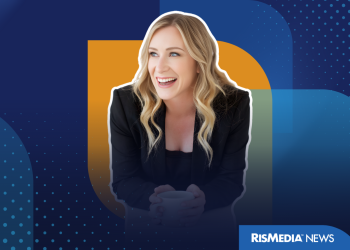If you’re a broker/owner who struggles with implementing new technology, you’re not alone. For many broker/owners, there are few things more challenging than rolling out new brokerage tech tools.
There are a multitude of reasons why you might decide to update your tech stack. Once you’ve determined what your needs are and what steps you can take to meet them, you’ll likely start thinking about how a change will affect your bottom line: How much will it cost, what will your return on investment be? However, there’s more to these questions than first meets the eye.
When it comes to new technology investments, it’s about more than just the money. Return on investment, or ROI, can be hard to measure and can’t be boiled down simply to dollars and cents. There’s a lot that brokerages need to consider, from time saved to staff efficiency, higher customer satisfaction, and more. How do you quantify this information to make a smart decision?
Three questions to help you measure your real ROI
1. What does your current solution actually cost?
This might sound simple, but the total cost of ownership for your current technology can be an elusive figure. Total cost of ownership is the total of all direct and indirect costs associated with your solution. Some of the costs you should look at include:
– Startup Costs: The price you paid to buy your software.
– Hardware Costs: The amount you’ve spent to buy, run and maintain things like servers, workstations and other hardware.
– Implementation Costs: What you spent on configuring your solution, training staff, customizations, migrating data, and more.
– Operational Costs: What you spend to run your solution, from the cost to power and cool your servers, additional physical and network security, extra bandwidth, maintenance, etc.
Your accountants are a great resource to help you gather this information. The process of finding out what your current solution costs will help you determine where you can find savings.
2. What will a new solution cost you?
With your current cost of ownership in hand, you can compare it to the potential total cost of owning something new. Discuss these costs with potential providers. Where will you be spending more, at least initially (like new startup costs) and where will you be able to save? Will your new solution be cloud based, allowing you to save on hardware and operational costs? Will your agents be able to convert more leads, market more listings and close more sales with the same (or less) effort? Assign a dollar value to as many of these factors as possible to see where things balance out.
3. What’s the cost of doing nothing?
Doing nothing at all may seem like the actual path of least resistance, but it has an unanticipated cost. Technology helps insulate companies from disruption and uncertainty (like a global pandemic). Without it, you’re more likely to take a big hit. There are also major opportunity costs to consider. If you decide not to invest, how many leads will be falling through the cracks? How many agents will go to another brokerage with better technology?
It’s much more difficult to assign a dollar value to these costs—hence why ROI is no easy thing to measure. The one thing you can count on is change—and businesses that don’t change will be left in the dust.
For an in-depth conversation about this topic and more, watch our recent webinar, “The Path of Least Resistance: Effectively Implementing New Technology,” moderated by real estate industry expert Cleve Gaddis.
Learn more about how you can ensure your tech investments will return the results you’re looking for by booking a personal meeting with a Constellation1 solution expert.
 Mehul Patel is the vice president, Product Management at Constellation1. To learn more about Constellation1, visit constellation1.com.
Mehul Patel is the vice president, Product Management at Constellation1. To learn more about Constellation1, visit constellation1.com.










